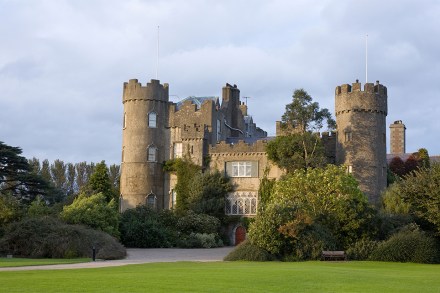Man of mystery and friend of the Cambridge spies
In April 1967 Tony Scotland, a cub reporter for Australia’s ABC television news, drove with a cameraman from Hobart to a sheep station in Fingal to interview Lord Talbot de Malahide, an Anglo-Irish aristocrat who had edited a book about Tasmanian flora. This was a delicate assignment. Lord Talbot was a retired British ambassador to Laos who divided his time between his family’s Tasmanian property and one of Ireland’s grandest castles. He was fearsomely well-connected, peppery and ‘not good with people’. ABC had been trying for years to interview him, and he only grudgingly allowed in the cameras to publicise the book. Scotland, a 22-year-old English public schoolboy, wondered why


